15/09/2016, 14:00 — 14:50 — Room 6.2.38, Faculty of Sciences of the Universidade de Lisboa
Marco Mackaay, Universidade do Algarve
2-Representations of Soergel bimodules in finite Coxeter type
In the last 10-15 years, various people for various reasons have defined and studied interesting examples of 2-categories and their 2-representations. On the Grothendieck group level the main ones correspond to quantum ground and their irreducible representations (or tensor products of those) and Hecke algebras and their cell representations (mostly not irreducible).
With these examples in mind, Mazorchuk and Miemietz set up a general framework for 2-representation theory of 2-categories. In this theory, the role of the simples is played by the so-called simple transitive 2-representations. Unlike the simples of a (finite dimensional) algebra, the simple transitive 2-representations of a (finitary) 2-category are hard to classify in general.
For any Coveter type, the so called Soergel bimodules form a monoidal category (i.e. a 2 category with one object) whose split Grothendieck group is isomorphic to the corresponding Hecke algebra. In this talk, I will explain the classification of the simple transitive 2-representations of (the small quotient of) the 2-category of Soergel bimodules in any finite Coxeter type (joint with Kildetoft-Mazorchuk-Zimmermann and with Tubbenhauer).
01/07/2016, 15:00 — 16:00 — Room 6.2.33, Faculty of Sciences of the Universidade de Lisboa
Ana Paula Santana, Universidade de Coimbra
The Hecke monoid on rational modules for Borel subgroups of quantum general linear groups
I will construct a preaction of the Hecke monoid on the category of rational modules for the quantum negative Borel subgroup of the quantum general linear group. I will also show that this preaction induces a preaction on the category of modules for the quantised Borel-Schur algebra.
This is joint work with I. Yudin.
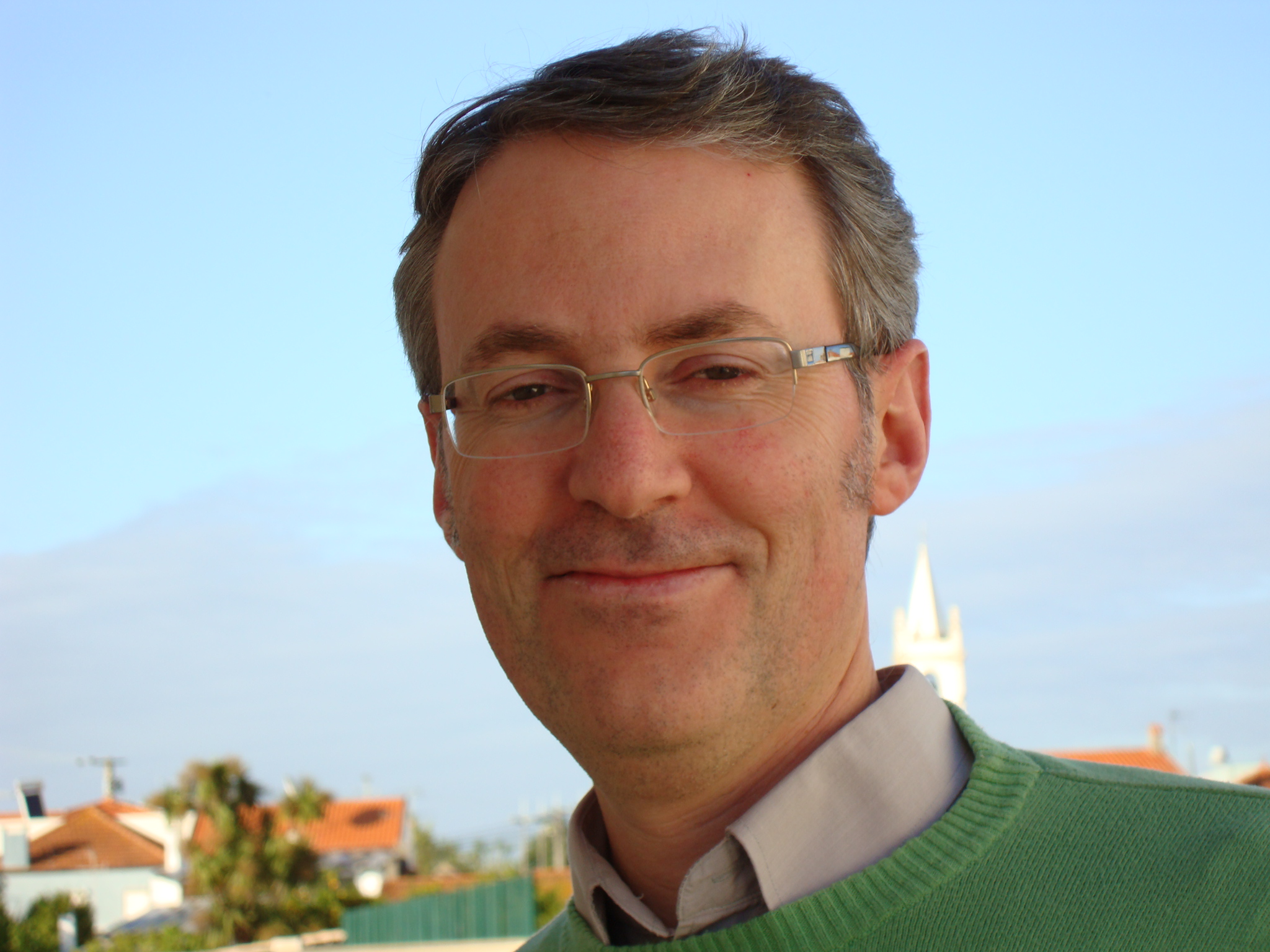 17/06/2016, 15:00 — 16:00 — Room P3.10, Mathematics Building
17/06/2016, 15:00 — 16:00 — Room P3.10, Mathematics Building
Luís Castro, CIDMA, Universidade de Aveiro
Wiener-Hopf plus Hankel integral operators through a reproducing kernel Hilbert space framework
A reproducing kernel Hilbert space approach is proposed to study a class of Wiener-Hopf plus Hankel integral operators The existence of solutions of the equations governed by those operators will be described, and approximate representations of the solutions will be obtained by constructing appropriate auxiliary operators, positive definite matrices and a discretization procedure within a reproducing kernel Hilbert space framework. Moreover, conditions for the uniqueness of the solution are also obtained.
27/05/2016, 15:00 — 16:00 — Room 6.2.33, Faculty of Sciences of the Universidade de Lisboa
Henrique Cruz, Universidade da Beira Interior
Parter vertices and Parter sets
Given an Hermitian matrix, whose graph is a tree, having a multiple eigenvalue
This is a joint work with Rosário Fernandes.
See also
27 de maio.pdf
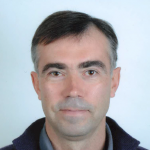 13/05/2016, 15:00 — 16:00 — Room P3.10, Mathematics Building
13/05/2016, 15:00 — 16:00 — Room P3.10, Mathematics Building
Alexei Karlovich, Universidade Nova de Lisboa
On convolution type operator with piecewise continuous symbols on variable Lebesgue spaces
In this talk we discuss three results on convolution type operators acting on variable Lebesgue spaces
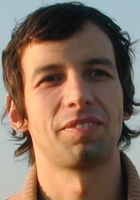 22/04/2016, 15:00 — 16:00 — Room 6.2.38, Faculty of Sciences of the Universidade de Lisboa
22/04/2016, 15:00 — 16:00 — Room 6.2.38, Faculty of Sciences of the Universidade de Lisboa
Samuel Lopes, Universidade do Porto
Invariants and Hochschild cohomology of rings of differential operators in one variable
A polynomial
See also
sem_ceafel_2016_handout.pdf
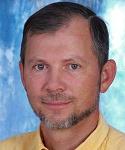 11/04/2016, 14:00 — 15:00 — Room P3.10, Mathematics Building
11/04/2016, 14:00 — 15:00 — Room P3.10, Mathematics Building
Hans Georg Feichtinger, NuHAG, University of Vienna
Banach Frames and Banach Gelfand Triples, with applications to Time-Frequency Analysis
It is the purpose of this talk to discuss essentially two concepts which arose in the context of time-frequency analysis (specifically relevant for Gabor Analysis), but which represent useful and fundamental functional analytic tools which certainly will be very useful also in quite different contexts.
First of all we will discuss the meanwhile well-known concept of a (tight) frame in a Hilbert space
The concept of Banach Gelfand Triples is an abstract approach to a typical situation in analysis. In order to extend an operator (such as the Fourier transform) from the Hilbert space
See also
LisbonIST16Fei.pdf
22/03/2016, 10:30 — 11:30 — Room 6.2.33, Faculty of Sciences of the Universidade de Lisboa
Richard J. Nowakowski, Dalhousie University, Canada
Absolute Game Spaces
Combinatorial Games as developed by John Conway (and Elwyn Berblekamp and Richard Guy) form an ordered abelian group. The most important point is that the last player to move wins. Unfortunately, the structure is too nice and many interesting features are hidden because different aspects have been knitted into one or two concepts. I'll present recent work by Larsson, Santos and the speaker that have untangled the knots. We show that many different types of combinatorial games (for example, Scoring and many Maker-Maker games) have similar good features and, along the way, we show that our mothers were correct when they told us “winning is not everything”.
Mudança de dia: Terça, 10:30!
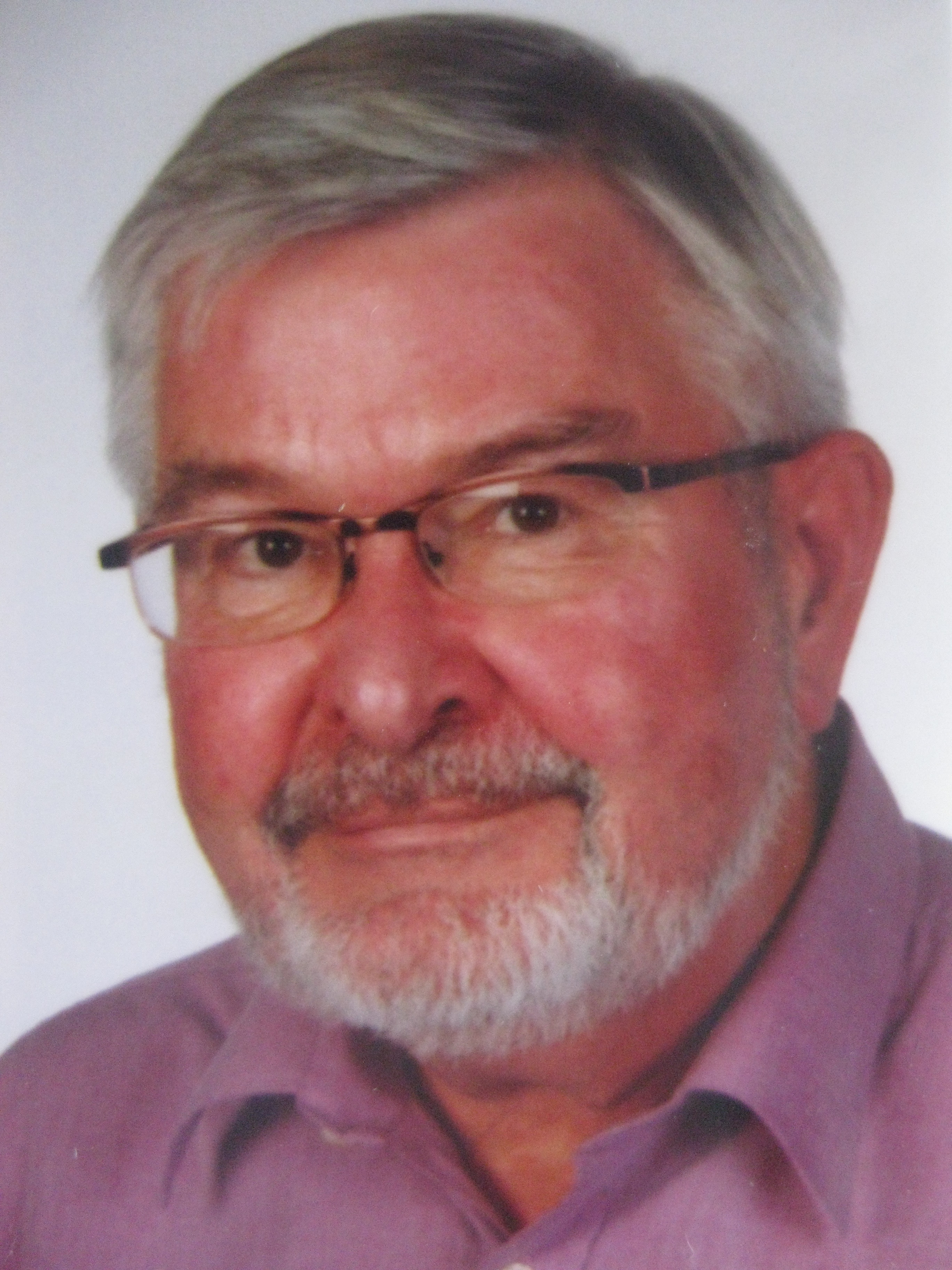 11/03/2016, 15:00 — 16:00 — Room P3.10, Mathematics Building
11/03/2016, 15:00 — 16:00 — Room P3.10, Mathematics Building
Frank-Olme Speck, Universidade de Lisboa
Paired operators in asymmetric space setting
Relations between paired and truncated operators acting in Banach spaces are generalized to asymmetric space settings, i.e., to matrix operators acting between different spaces. This allows more direct proofs and further results in factorization theory, here in connection with the Cross Factorization Theorem and the Bart-Tsekanovkii Theorem. Concrete examples from mathematical physics are presented: the construction of resolvent operators to problems of diffraction of time-harmonic waves from plane screens which are not convex.
22/12/2015, 10:30 — 11:30 — Room P3.10, Mathematics Building
Yuri Karlovich, Universidad Autónoma del Estado de Morelos, Cuernavaca, México
Mellin PDO's and the Haseman boundary value problem
A Fredholm theory for Mellin pseudodifferential operators with matrix symbols of limited smoothness is constructed. Applying these results, we study the Haseman boundary value problem with slowly oscillating coefficients and slowly oscillating shifts on Lebesgue spaces over contours composed by logarithmic spirals. A Fredholm criterion and an index formula for the associated singular integral operator with a shift are obtained.
20/11/2015, 15:00 — 16:00 — Room P3.10, Mathematics Building
Marija Dodig, CEAFEL, Universidade de Lisboa
Matrix pencils completions, combinatorics, and integer partitions
The central idea of the talk is showing two different novel methods in resolving completion problems, and beyond. One is a combinatorial object that involves majorization of three different partitions of integers. The other one uses a solution of the Carlson problem and properties of LR sequences, in order to decrease the number of the invariants involved. Finally, we will show a couple of examples of the applications of these two methods.
16/10/2015, 15:00 — 16:00 — Room 6.2.33, Faculty of Sciences of the Universidade de Lisboa
Mark Parsons, Universidade de Graz
Infinite friezes
Frieze patterns were introduced by Coxeter who subsequently studied them in collaboration with Conway. Together, they gave a characterisation of frieze patterns in terms of triangulations of polygons, establishing that every frieze pattern has an associated triangulation of a polygon and vice versa. This was later extended by Broline, Crowe and Isaacs who showed that all of the entries of a frieze pattern can in fact be obtained from its associated triangulation of a polygon via matchings of triangles to the vertices of that polygon.
After briefly recalling the definition of frieze patterns and illustrating the above results, we will focus on joint work with Baur and Tschabold on 'infinite friezes' (which differ from Conway-Coxeter frieze patterns in that they have infinitely many rows), in which results analogous to the classical theory are proved. In particular, we will see that the periodic infinite friezes have a characterisation in terms of triangulations of punctured discs and annuli. Moreover, the entries of such a frieze can be obtained from any associated triangulation via matchings.
21/09/2015, 11:40 — 12:30 — Room P3.10, Mathematics Building
Olga Azenhas, Universidade de Coimbra
Schur positivity and ribbon shapes with interval support
The ring of symmetric functions has the basis of Schur functions
For any skew shape
We seek to understand how the support of
See also
lisbon-sept-2015.pdf
21/09/2015, 10:50 — 11:40 — Room P3.10, Mathematics Building
David Pauksztello, University of Manchester
Mutation and wall-crossing in Type A
The Bridgeland stability manifold is a way to extract geometry from homological algebra. In this talk, I will present some of the background, using path algebras of type A as the running example. I will explain the combinatorics underlying the stability manifold in this case, namely mutation and wall-crossing. I will assume no prior knowledge of either representation theory or homological algebra.
21/09/2015, 10:00 — 10:50 — Room P3.10, Mathematics Building
Bartosz Kwasniewski, University of Southern Denmark
Advances in the theory of crossed products by endomorphisms
 21/07/2015, 14:30 — 15:30 — Teaching Complex at the Gambelas Campus of Universidade do Algarve
21/07/2015, 14:30 — 15:30 — Teaching Complex at the Gambelas Campus of Universidade do Algarve
Alfonso Montes-Rodríguez, Universidad de Sevilla
Transfer Operator, the Hilbert Transform and the Klein-Gordon equation
A pair
 30/06/2015, 15:15 — 16:15 — Room P4.35, Mathematics Building
30/06/2015, 15:15 — 16:15 — Room P4.35, Mathematics Building
Yuri Karlovich, Universidad Autónoma del Estado de Morelos, Cuernavaca, México
30/06/2015, 14:00 — 15:00 — Room P4.35, Mathematics Building
Ângela Mestre, CEAFEL, Universidade de Lisboa
Counting noncrossing partitions via Catalan triangles
We introduce a family of Riordan arrays which depend on four parameters. The entries of these generalized Catalan triangles are homogeneous polynomials in two variables which interpolate between the ballot numbers and the binomial coefficients. We show that the generalized Pascal triangle as well as the Catalan arrays introduced by Shapiro, Aigner, Radoux, He, or Yang are all special members of this wide family of parameterized Catalan triangles. Moreover, as an application, we deal with the enumeration of noncrossing partitions according to the following statistical parameters: the size of the partition set, the number of blocks, the number of singletons, and the number of the parts in which they can be decomposed.
Our results point out new enumerative properties of classical combinatorial objects such as the Catalan numbers, the ballot numbers, the Narayana numbers, or the Catalan triangle of Shapiro.
This is joint work with J. Agapito, P. Petrullo, and M. M. Torres.
See also
ceafel.pdf
 23/06/2015, 14:00 — 15:00 — Room P3.10, Mathematics Building
23/06/2015, 14:00 — 15:00 — Room P3.10, Mathematics Building
Pedro J. Freitas, CEAFEL, Universidade de Lisboa
Supercharacter theories for algebra groups defined by involutions
The notion of supercharacter of an algebra group originated with the work of C. André and was then axiomatized by Diaconis and Isaacs. In his doctoral thesis, A. Neto established supercharacter theories for the orthogonal and the symplectic groups (subgroups of the unitriangular group with entries in a finite field). In this seminar we present a generalization of these theories for algebra groups defined by involutions.
See also
CEAFEL_23jun.pdf
 08/06/2015, 15:00 — 16:00 — Room 6.2.38, Faculty of Sciences of the Universidade de Lisboa
08/06/2015, 15:00 — 16:00 — Room 6.2.38, Faculty of Sciences of the Universidade de Lisboa
Mike Weiner, Pennsylvania State University
Enumeration through partial Bell polynomials
We give a brief introduction to partial Bell polynomials and discuss how they can be used to enumerate trees, paths and polygon partitions. In this talk we will focus on finding the total number of colored partitions of a convex polygon by non-intersecting diagonals into convex polygons with prescribed properties. We give explicit examples and discuss how this approach unifies several known results.


